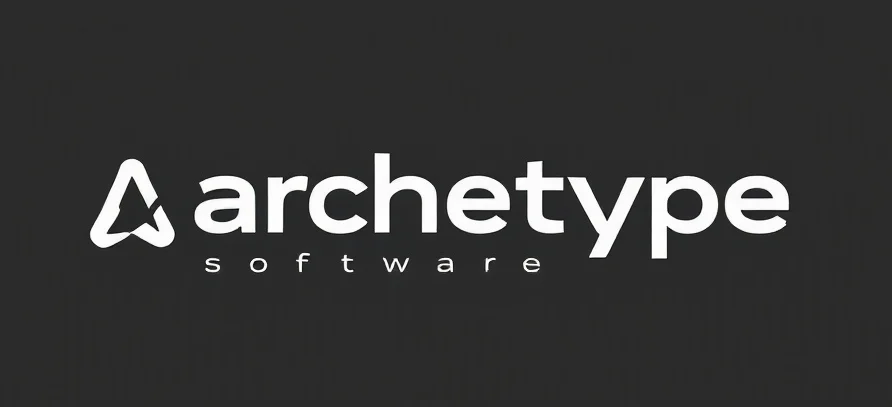Sales Forecasting: The Art and Science of Predicting the Future
Sales forecasting might sound like something out of a sci-fi novel, but it’s a crucial part of running a successful business. And while it may not involve time machines or crystal balls, it does rely on a blend of data analysis, intuition, and sometimes a sprinkle of luck.
The Nuts and Bolts of Sales Forecasting
At its core, sales forecasting is about predicting future sales volumes and revenue. It’s like trying to predict the weather, but instead of clouds and sunshine, you’re analyzing market trends, customer behavior, and historical data. This isn’t just a numbers game; it’s a strategic tool that helps businesses make informed decisions about everything from inventory management to marketing strategies. For those interested in software solutions, you can explore Software Solutions for Amazon Retail Arbitrage Success.
Why Sales Forecasting Matters
Imagine trying to navigate a ship without a compass. You might eventually get where you’re going, but you’ll probably waste a lot of time and resources along the way. Sales forecasting provides that compass for businesses, guiding them through the choppy waters of the marketplace. It allows businesses to anticipate demand, allocate resources efficiently, and set realistic sales targets. Discover more about crafting precise solutions with the Amazon Extension.
AI: The New Intern in Sales Forecasting
Enter AI, our metaphorical intern. While AI may not yet be ready to take the helm entirely, it’s proving to be a valuable assistant in the sales forecasting process. AI systems can analyze vast amounts of data far more quickly and accurately than a human ever could. They can identify patterns and trends that might be invisible to the human eye, offering insights that can transform how businesses approach their sales strategies.
Transformative Power of AI in Forecasting
AI’s role in sales forecasting isn’t just about crunching numbers. It’s about transforming how businesses perceive and react to their data. By leveraging AI, companies can move from reactive strategies to proactive ones. It’s like upgrading from a map to GPS; you’re not just seeing the road ahead—you’re getting turn-by-turn directions and live traffic updates. For developers, exploring Cobalt Login: Streamlined Access Solutions can be beneficial.
Actionable Recommendations for Harnessing AI in Sales Forecasting
- Integrate Data Sources: Ensure your AI systems have access to as much relevant data as possible. The more data, the better the forecasts.
- Invest in Training: Like any intern, AI needs to be trained. Invest in the right machine learning models and fine-tune them to your specific business needs.
- Combine Human and AI Insights: Don’t rely solely on AI. Use the insights it provides to inform human decision-making. Remember, AI is here to assist, not to replace.
- Regularly Review and Adjust: Sales forecasting isn’t a set-it-and-forget-it process. Regularly review your forecasts and adjust your strategies as necessary. For more insights, visit Page 2 of 63 – archetypesoftware.
In the world of sales forecasting, AI isn’t the silver bullet, but it’s a powerful tool in a company’s arsenal. By combining the analytical prowess of AI with human intuition and strategic thinking, businesses can navigate the uncertainties of the marketplace with greater confidence and agility.
Checkout ProductScope AI’s Studio (and get 200 free studio credits)

